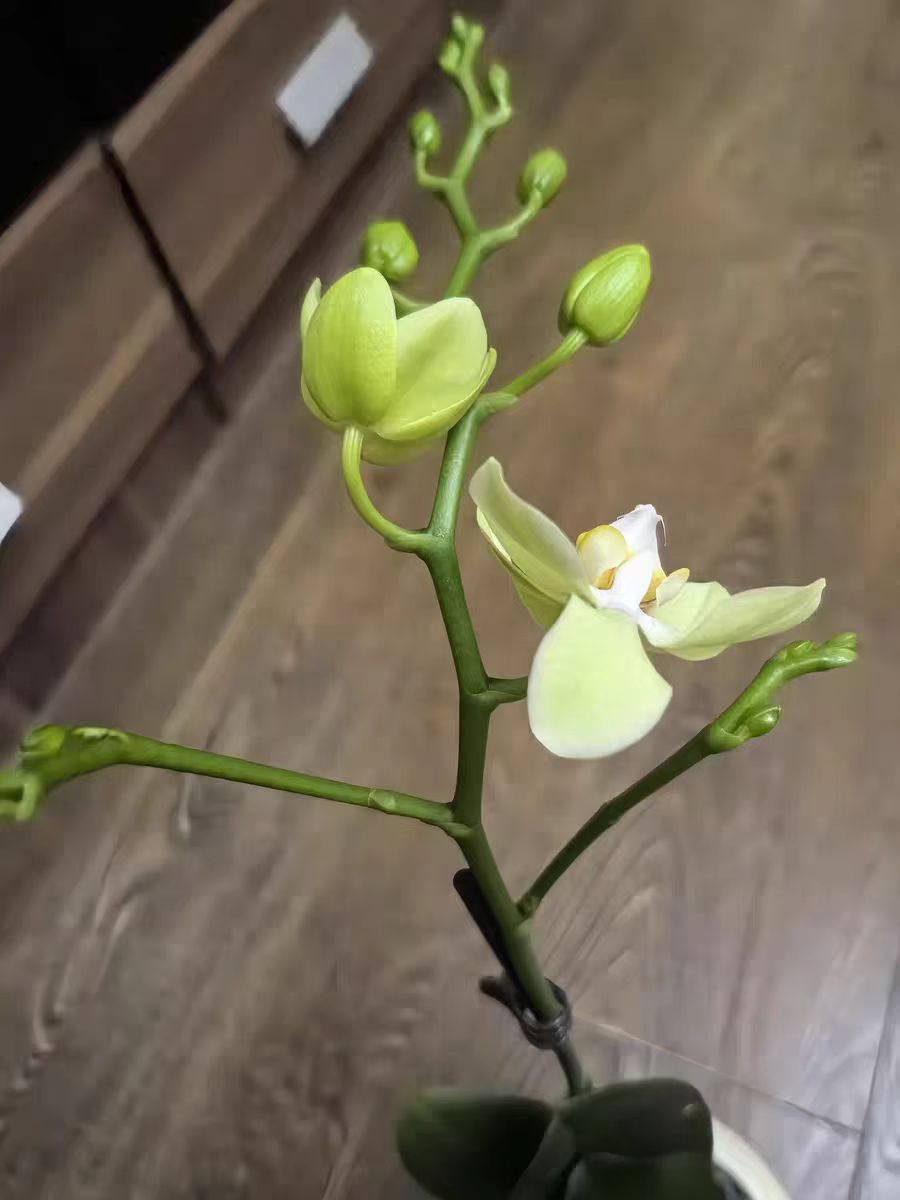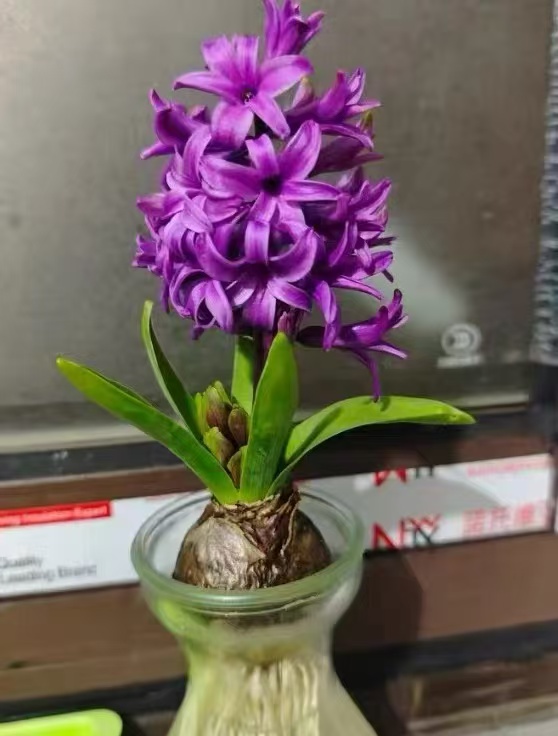During the daily maintenance process, timely pruning is an important step to promote the healthy growth and re-blooming of Phalaenopsis. However, many flower enthusiasts often feel confused about how long it will take for Phalaenopsis to grow flower buds again after pruning, and they are also unclear about how to cultivate it after pruning.
The flower stalk of Phalaenopsis goes through a dormant period, a growing period, and a blooming period from its formation to blooming, and this process takes a certain amount of time. Pruning has a certain impact on the growth cycle of Phalaenopsis, which is specifically manifested as follows:
Light Pruning (to Promote Secondary Blooming): If you want Phalaenopsis to bloom again within the same year, flower enthusiasts usually choose to cut it at the 4th or 5th node from the base of the flower stem to retain the bud points. But this method will consume more nutrients of the plant, which may affect the quality of blooming in the next year. In this case, Phalaenopsis usually may bloom again within 2 to 3 months after pruning, but the specific time still needs to be judged according to the growth status of the plant and environmental conditions.
Heavy Pruning (to Ensure Blooming in the Next Year): For the growth and blooming quality of Phalaenopsis in the next year, it is recommended to prune from the base of the flower stem. Although this will lead to the inability to bloom again in the current year, it can significantly reduce nutrient loss and allow Phalaenopsis to have sufficient rest and recovery. In this case, Phalaenopsis usually takes about 3 months to half a year to resume growth and generate new flower stalks for blooming.
Phalaenopsis after pruning requires more meticulous management to ensure its rapid recovery and accumulation of the energy needed for blooming. The following are the specific cultivation methods:
Pruning Management
Pruning Position: Choose an appropriate pruning position according to the expected blooming time. Light pruning retains the bud points to promote secondary blooming, while heavy pruning is carried out from the base to ensure blooming in the next year.
Pruning Tools and Disinfection: Use sharp scissors for pruning, and disinfect the scissors with alcohol before pruning to reduce the risk of pathogen infection.
Treatment after Pruning: After pruning, place the Phalaenopsis in a ventilated place to let the wound dry as soon as possible and avoid rotting caused by water retention.
Root System Inspection and Treatment
Pot Removal and Inspection: After pruning, take the Phalaenopsis out of the pot, soak the sphagnum moss to soften it, and then peel off the old medium.
Root Pruning: Rinse the roots, cut off the shriveled, blackened, and rotten roots, and retain the plump aerial roots.
Root Disinfection and Repotting: Soak the pruned roots in a diluted disinfection solution for 30 minutes, let them dry, and then repot. Replace with new sphagnum moss and flower pot to ensure that the substrate is in close contact with the roots.
Subsequent Maintenance
Light and Temperature: Place the Phalaenopsis in a place with bright scattered light to avoid direct sunlight. Control the temperature within an appropriate range to prevent excessive or too low temperature from affecting the growth of the plant.
Watering Management: Judge whether watering is needed according to the color state of the roots. If the roots are emerald green or there is water vapor in the flower pot, there is no need to water; if the roots are grayish green and there is no water vapor on the wall of the flower pot, water it in time. When watering, avoid pouring water into the center of the leaves to prevent rotting.
Fertilization to Promote Growth: Stop fertilizing within 1 month after pruning. After the plant resumes growth, apply a thin liquid fertilizer with a balanced ratio of nitrogen, phosphorus, and potassium every 2 to 3 weeks. Increase the application of phosphorus and potassium fertilizers in autumn to promote flower bud differentiation.
Humidity and Ventilation: Keep the air humidity between 60% and 70%. In dry areas in the north, you can spray to increase humidity. At the same time, ensure good ventilation to reduce the breeding of pests and diseases.
In conclusion, the growth cycle of flower buds and the cultivation methods of Phalaenopsis after pruning need to take multiple factors into comprehensive consideration. Through reasonable pruning management, root system inspection and treatment, and subsequent maintenance measures, it can help Phalaenopsis quickly resume growth and successfully grow new flower buds.
How long does it take for a Phalaenopsis to grow flower buds after pruning?

Share with
Tagged in :



Leave a Reply